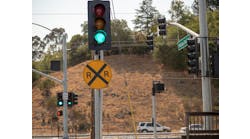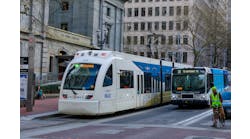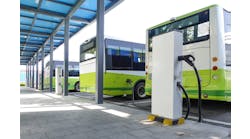Indianapolis city planners have announced their intent to offer developers huge savings— up to tens of thousands of dollars on large-scale projects—by reducing the required number of parking spaces for certain developments on the condition that bike racks, electric-car charging stations or other “green” amenities are offered in their place.
A recent overhaul of the county’s 1969 zoning code, called Indy Rezone, is moving toward final adoption by the City-County Council. And while it’s unclear how many developers will jump at the offer and whether residents will be willing to leave their cars at home, Tammara Tracy, principal city planner, is confident in the eventual success of the offering.
“Drive, drive, drive has been the Central Indiana paradigm for years and many developers still have that mentality,” said Tracy. “We are trying to ease them into the new urban model with carrots.”
A major goal of the zoning re-write is to improve walkability and transportation options in the city and increase greenspace, similar to initiatives enacted in other cities such as Boston and in line with Mayor Greg Ballard’s programs, such as the Indiana Pacers Bikeshare, expansion of trails system, the BlueIndy car share and the bus rapid transit plan.
“Definitely, the intent is to diversify our transportation options,” Tracy said.
Historically, the Circle City been one of the most drive-centric in the nation. The U.S. Census Bureau’s most recent survey of commuters found that just 1% of Indianapolis residents take public transportation to work, compared to 11.5% in Chicago, 3.8% in Cleveland and 2.4% in Louisville. The city also ranks near the bottom in the number of people who bike or walk to their jobs.
The new code allows developers of multi-family homes to reduce the number of required parking spaces by 30% if they build within 1/4 mile of a sheltered bus stop or main mass transit corridor. If they are up to 1/2 mile away, the number of parking spaces can be slashed by 10%. Builders also get to reduce parking spaces if they replace them with bike racks, carpool parking or electric car charging stations.


